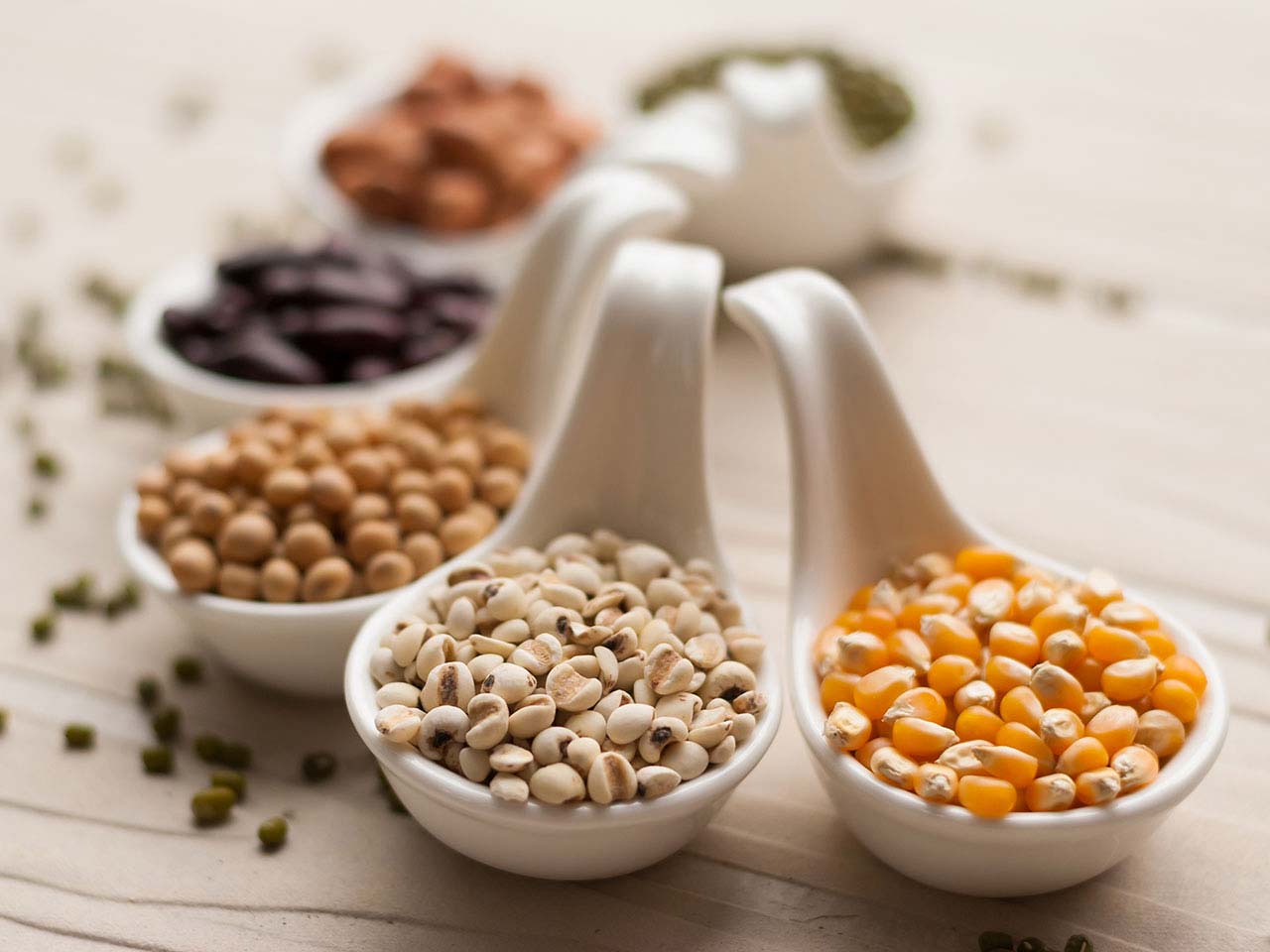WHAT IS MOLYBDENUM?
Molybdenum, like iron and magnesium, is a necessary mineral for the healthy functioning of the organism. When you eat plants or animals that graze on those plants, you consume this substance since it naturally occurs in the soil. Depending on the molybdenum levels in the soil where the food is grown, the molybdenum content of various foods can change.

WHAT ARE THE BENEFITS OF MOLYBDENUM?
A trace mineral included in our diet called molybdenum has an amazing impact on how well we stay healthy. Its importance stems from its capacity to stimulate vital enzymes that power important chemical processes in our bodies. Following are a few advantages of molybdenum:
- Enzymatic Support: The fundamental purpose of molybdenum in the body is to serve as a cofactor for vital enzymes, which is required for good health. Sulphite oxidase is one of the important enzymes that molybdenum activates. This enzyme is essential for converting sulphite to sulphate, which is necessary to stop the hazardous buildup of sulphites in the body. Sulphites are occasionally used as preservatives and can be found naturally in some foods. They can cause allergic reactions that result in symptoms including diarrhoea, skin conditions, and respiratory issues when they build up in the body. In addition to being important for preventing allergic reactions, molybdenum’s involvement to keeping sulphites in balance highlights how important it is for guaranteeing the normal operation of vital enzyme activities.
- Detoxification & Metabolism: Additionally, molybdenum is essential for the body’s metabolic and detoxifying functions. It aids in the breakdown of harmful aldehydes by supporting enzymes like aldehyde oxidase. If these dangerous compounds are allowed to build up, they may have negative consequences on health. Aldehyde oxidase also helps the liver metabolise a variety of substances, including alcohol and several medications used in cancer treatment. Molybdenum assists the body in properly removing potentially hazardous compounds and maintaining general health by taking part in detoxification and metabolism. Its function in protecting against the harmful effects of chemicals like aldehydes highlights the importance of it in supporting health.
- Uric Acid Regulation: Molybdenum also plays a crucial role in the control of uric acid in enzymes. Molybdenum stimulates the xanthine oxidase enzyme, which transforms xanthine into uric acid. The dismantling of DNA’s building units, nucleotides, depends on this conversion process. Nucleotides can be eliminated in the urine as uric acid when they are no longer required. Gout, which is characterised by increased uric acid levels and uncomfortable joint inflammation, can be avoided with proper uric acid control. Because of how molybdenum regulates uric acid, it is important for preserving metabolic harmony and avoiding uric acid imbalance-related health problems.

In conclusion, molybdenum appears as an important factor in our general health while only being required in trace levels. It ensures the proper operation of metabolic processes, detoxification, and the management of chemicals like sulphites and uric acid by acting as a cofactor for essential enzymes. Even though molybdenum shortage is uncommon, it emphasises the value of eating a balanced diet that contains this crucial element.
HOW DOES MOLYBDENUM WORK IN HUMAN BODY?
Molybdenum is a vital trace mineral that, when consumed, is an integral part of numerous enzymatic reactions that take place inside the body. It mostly serves as a cofactor for particular enzymes, most notably the molybdenum-containing molybdoenzymes. These enzymes play an important role in metabolic pathways as they help different chemical molecules become converted. Molybdenum plays an important role in the metabolism of sulphur-containing amino acids like cysteine and methionine. These amino acids are transformed by molybdoenzymes into their physiologically active forms, where they can take part in important procedures such protein synthesis, cellular development, and detoxification.

Additionally, molybdenum is crucial for the metabolism of purines, which are elements found in nucleic acids such as DNA and RNA. Purines must be broken down into simpler molecules by molybdoenzymes. The removal of excess uric acid from the bloodstream requires proper purine metabolism. Increased uric acid levels can be a factor in health issues including the painful joint ailment gout. Molybdenum supports overall health by taking part in purine metabolism and assisting in preserving the delicate equilibrium of uric acid levels in the body.

Essentially, molybdenum is significant because it supports important enzymatic processes that have an impact on amino acid metabolism, nucleic acid disintegration, and the detoxification of different chemical substances. Although molybdenum is merely a trace element, its importance in the human body is highlighted by the fact that its lack or shortage can have profound effects on numerous crucial physiological functions.
HOW MUCH MOLYBDENUM CAN A PERSON TAKE?
The National Institute of Medicine has developed adequate intake (AI) and recommended dietary allowance (RDA) values for molybdenum intake across a range of age groups, reflecting the trace nature of this crucial mineral in the human diet. These recommendations are made to guarantee that people obtain an adequate amount of molybdenum to support their general health, but not an excessive amount.
The AI values for infants range from 2 mcg/day for those under 6 months old to 3 mcg/day for those between 7 and 12 months old. On the other hand, as they develop and grow, children have greater RDAs. These RDAs are 17 mcg/day for children ages 1 to 3, 22 mcg/day for children ages 4 to 8, 34 mcg/day for children ages 9 to 13, and 43 mcg/day for children ages 14 to 18. The RDA is 45 mcg per day for persons who are 19 years of age and older. No matter their age, pregnant or nursing women are advised to take 50 mcg each day.
Molybdenum intake research have often concentrated on dietary habits and average consumption rates. Molybdenum intake from a typical American diet is thought to range from 120 to 210 micrograms per day, comfortably meeting or exceeding the recommended dietary requirements. It’s crucial to stress that molybdenum insufficiency is uncommon and that consuming too much of it may have unfavourable effects. Maintaining a balanced and diverse diet is essential to ensuring that nutritional demands are met without overconsumption, and for the majority of people, specialised molybdenum supplementation is usually unneeded. Furthermore, to make sure they efficiently meet their molybdenum needs, those with underlying medical issues or special dietary habits may consult healthcare professionals.
WHAT ARE THE VARIATIONS OF MOLYBDENUM?
Note that MOLYBDENUM is also available as:
- Molybdenum 0.2% Food State On Yeast (~0.2% Mo)
- Molybdenum 2.5% Food State On Buckwheat (~2.5% Mo)
- Molybdenum Bisglycinate (Amino Acid Chelate) 0.2% Nutrition Grade (~0.2% Mo)
MOLYBDENUM is commonly available in:
- Molybdenum tablets
- Molybdenum capsules
- Molybdenum powders
Glentworth Formulations is here to suit your every need. Everything from Tablets, Capsules and Powder blends.
If you are wanting to know more information, please get in contact with us. Either using the contact form or contacting us directly on: [email protected].


